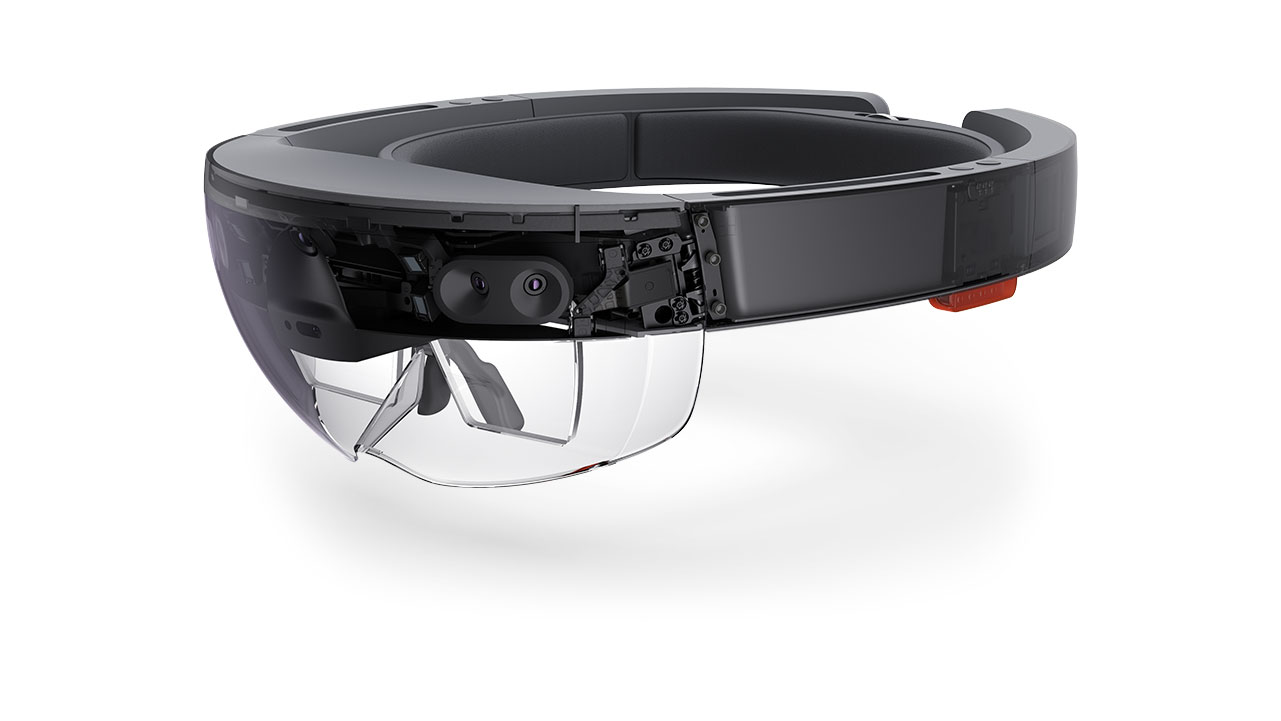Got our acronyms down? Good. Now that we know what these things are, I'm going to ignore VR and AR, and share the potential of mixed reality, because exciting!
Productivity
Yes, mixed reality has great potential to be awesome, but we have yet to see anything that makes Minority Report seem like it's going to happen soon. The interactions for everyday and office use are so varied that until we come up with some kind of interaction system as killer as the mouse, there's a long way to go (I may or may not have some ideas on that though ;) This is Magic Leap's concept of productivity usage so far, which just makes me go "meh." I know they've got to be thinking bigger and better than this.Gaming
More sweet videos at the bottom of this post
Education
Am I more excited about the educational, or the gaming aspect of MR? What I'm most excited about is the convergence of both. One of my longtime dreams has been to make learning so engaging and interactive that it's nearly indistinguishable from gaming, and something that makes you want to learn.- Students could read books with QR codes on pages that bring up 3D movable models of items related to the subject matter! Maybe it's a 3D or 2D video that illustrates the concept being learned.
- Interactive grammar lessons where you choose the correct suffix or spellings.
- Immediate feedback for right and wrong answers!
- Practice safely taking apart an engine, before working on the real thing
- Better yet, overlay parts of the engine and easily see what you should stay away from (in red), and parts (in green) that you should work with.
- Content for more complex and memorable learning
HoloLens
Running at 240 frames per second (good games run at 60, video at 30), HoloLens uses Kinect-like infra-red lasers to map the room around you. From there, it can project images into the lenses in front of your eyes based upon its gathered spatial data.It runs on Windows 10, so it's already compatible with Windows 10 applications. I know, you're just dying to use Excel in real space. HoloLens has HUGE potential though. Coupled with Project Spark, this could be an unbeatable platform for content creation, communication, and game development.
Limitations HoloLens currently has a very limited interactive field of view that does not immerse the viewer's eyesight entirely.
Magic Leap
Differences from HoloLens Magic Leap won't run Windows 10, they have to develop their own operating system. That said, it will lose lots of productivity apps, and any applications that HoloLens will have out of the box. However, with Google as a backer, will they simply ride off of the free Google productivity apps? Will it run some flavor of Android to increase its market capability?
Hurdles
With VR, it's very easy to lose spatial awareness. That's much less so in MR because it's not an entirely fake area surrounding your vision, preventing you from running into furniture, or tricking you into thinking you can lean on a table that's not really there.- MR is not like Kinect, you couldn't play Dance Central with it and have the system know what your legs are doing.
- It will take time to build usable content for MR.
- Gesture improvement
- Body/limb tracking
- Bulky, no fast moves
- When will it connect to my mobile device?
- When will it become my mobile device?
- How will we socially abuse this tech?
Check out this HoloLens Minecraft Demo to see more potential (skip to 1m48s).
More MR video links
The Verge tries HoloLens
C|Net tries HoloLens
Ars Technica tries HoloLens
